Interculturality and Education
Interculturality and Education
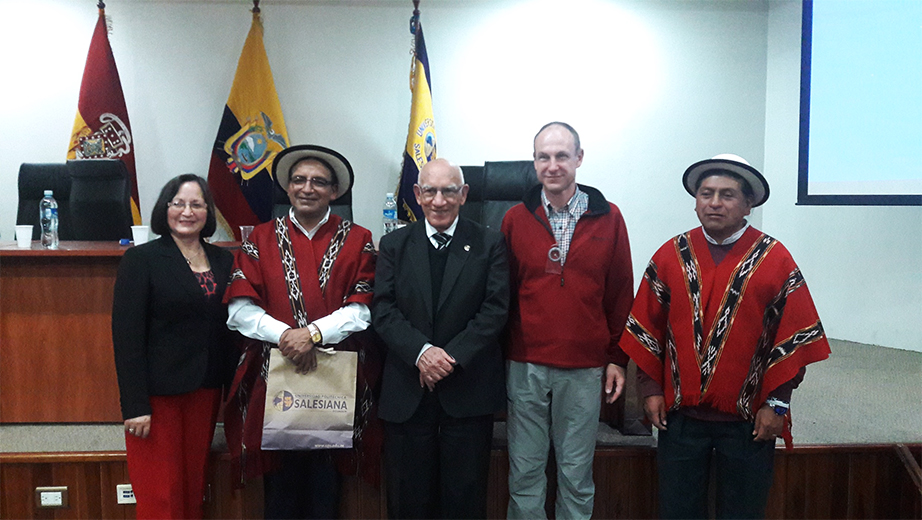
The pedagogy, early education and basic education undergraduate programs and the salesian group Yachaykuna held a forum in order to discuss and strengthen inclusive education in the university based on inter culturality, as well as talk about the importance of diversity.
Some of the topics in the forum were "interculturality and education", "the history of the Kichwa Cañari culture and its influence in today's society", "4 festivities of the Kichwa Cañari culture". The forum was attended by UPS president Javier Herran, Miroslav Valês, professor of Universidad de Liberec - Czech Republic; José Acero, professor of Unidad Educativa Intercultural Bilingüe Quillota and Rafael Duchi, from intercultural education.
UPS president Javier Herran said "Dialogue is learned by talking, a dialogue can be done with everybody and therefore professors communicates with their students and that's when learning occurs." He also spoke about mobility in the world today and how the world is not stationary and cultures are everywhere.
Miroslav Valês, said that the intercultural experience in his country is due to the mobility in the Erasmus Plus program which is a program to study or carry out internships abroad. The situation in his country is different from Ecuador's, where several cultures coexist, the Czech Republic is a homogenous but multicultural country because culture is shared between different countries.
In his speech, Rafael Duchi, explained that the Cañarís are located in two provinces: Cañar and Azuay, he said that the Raymi is a spiritual holiday and that La Chacana is the southern cross, the great ruler of life, also that the Andean calendar has 13 months of 28 days, it is divided into two equinoxes and 2 solstices. The Raymis of the equinoxes are: The Pawkar Raymi or festival of flowering that is celebrated on March 21 and the Kulla or Quilla Raymi which is the feast of preparation, sowing and fertility that is celebrated on September 21. The Raymis of the solstices are: the Inti Raymi or feast of the sun on June 21, and the Kapac Raymi, the great feast of new life that is celebrated on December 21.
José Acero explained that the word Cañar comes from the name of a plant called cañero that can be found anywhere in the province's geography; that "cañarí" also comes from the word kan = snake and arar = guacamayas, which coincides with the mythology of its origin as a descendant of the macaws and the snake; because the origin is mythological, spiritual, philosophical. He said: "We have been on the stage of different historical stages but the spirit of struggle, of being famous warriors, military strategists has made it prevail until today, we have achieved goals and many rights that were rejected by society."
Students from different undergraduate programs that were happy to learn more about the wealth of knowledge of indigenous people, a theme that was approached from the anthropological vision, knowledge construction, artistic worldview and ancestral medicine.

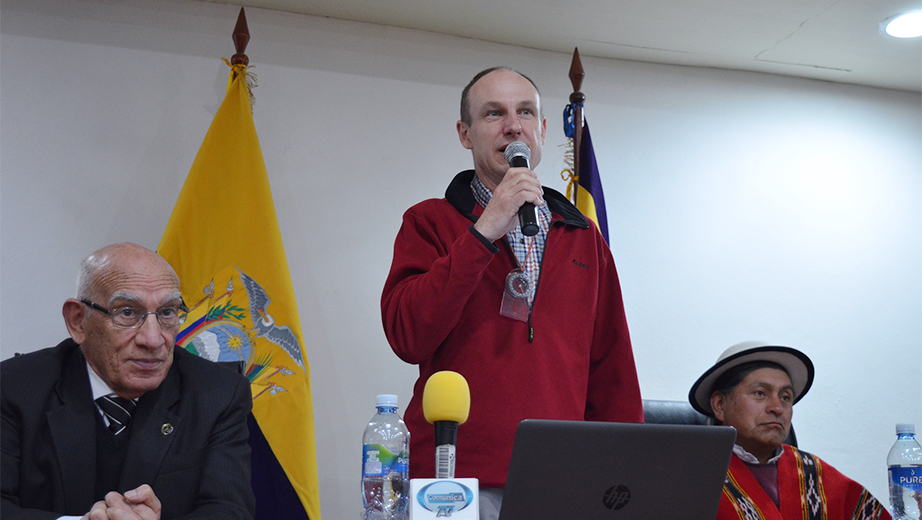
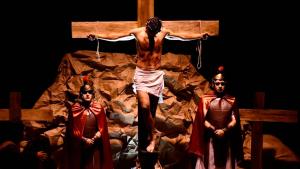

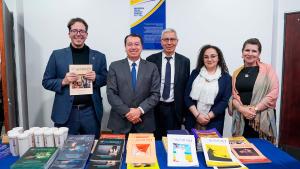
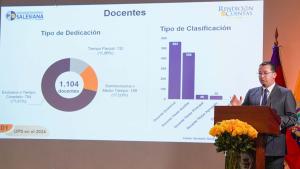
Follow us
Follow us